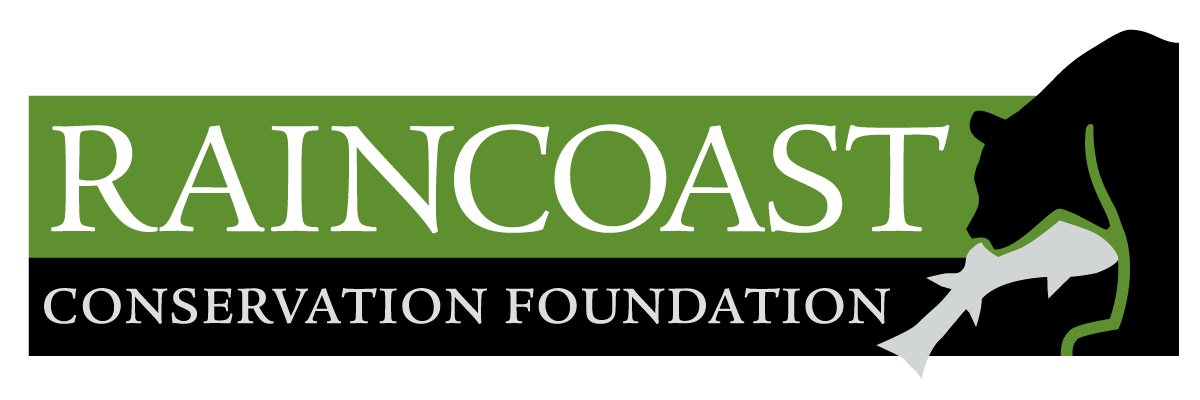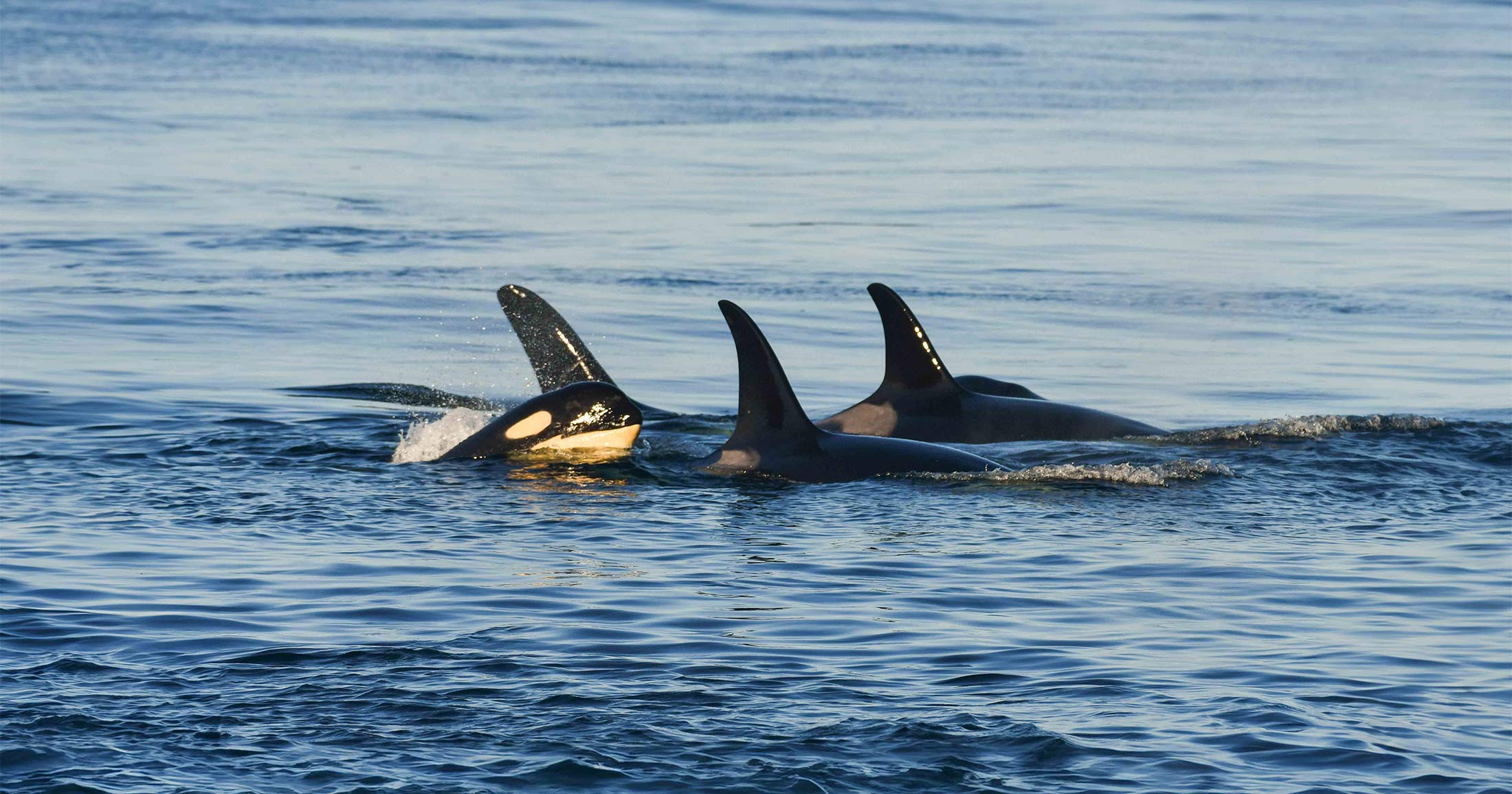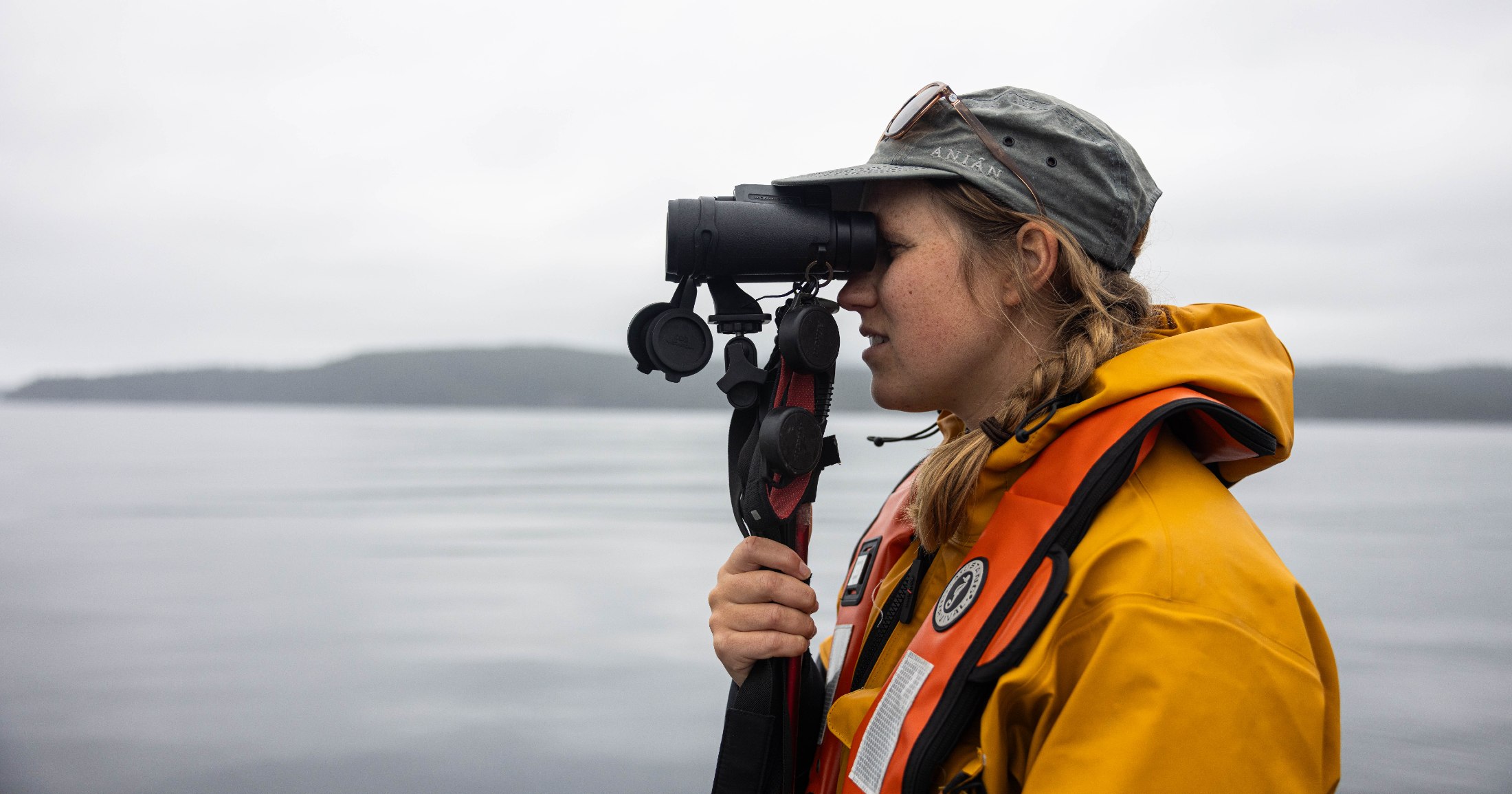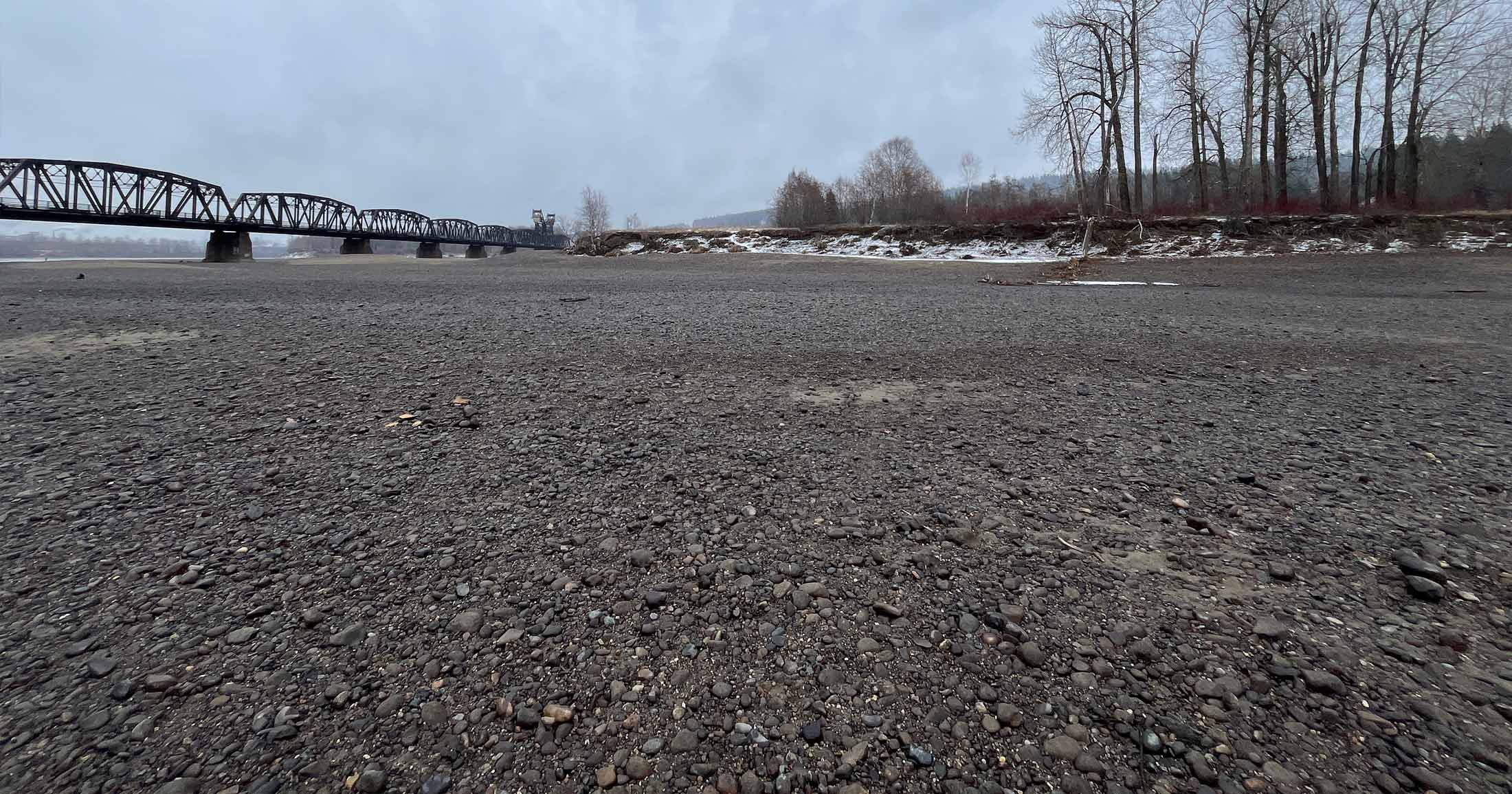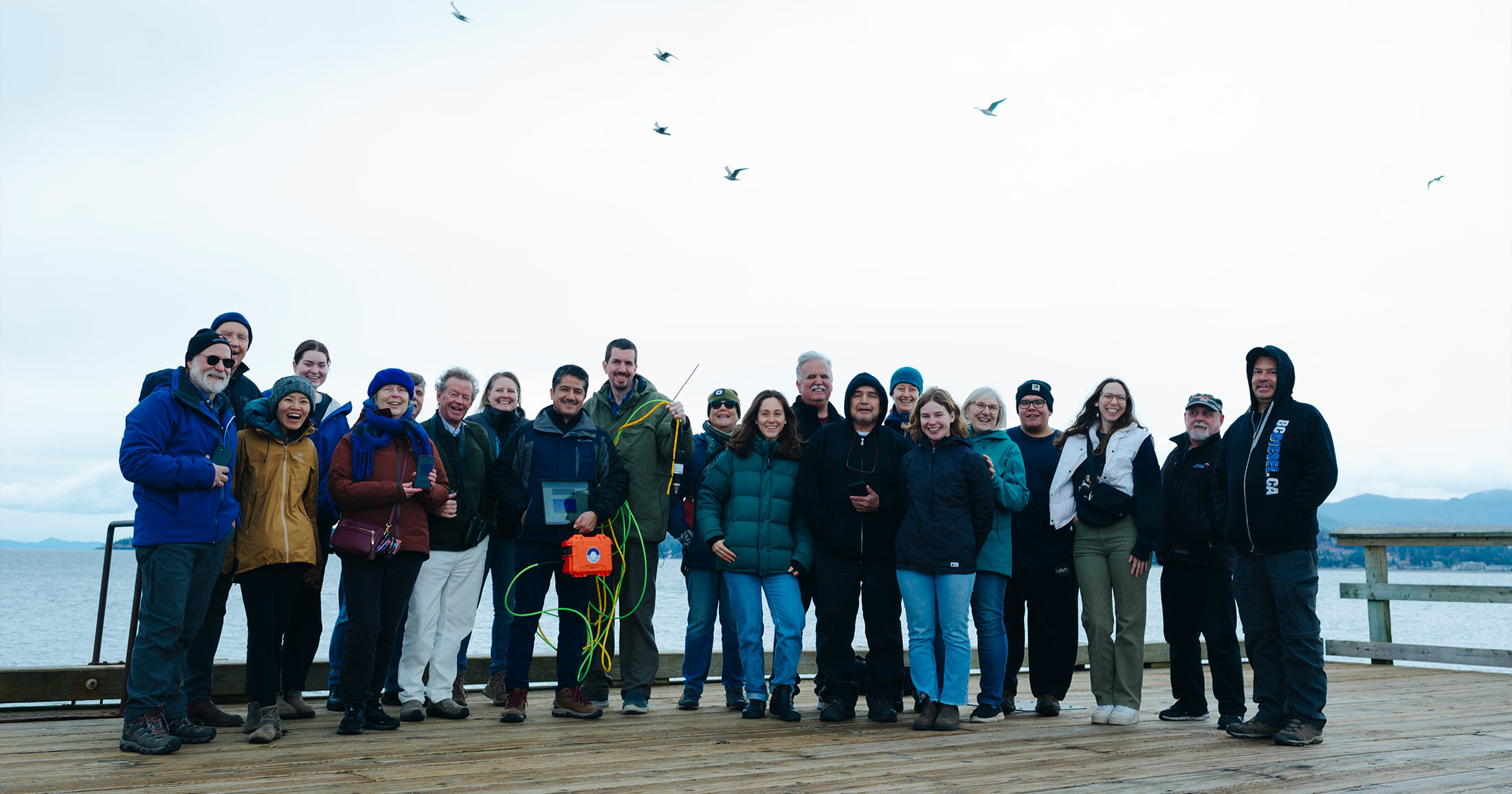To Bear Witness
by Chris Darimont
Chris Darimont took his first trip into the Great Bear Rainforest in 2000, and in 2004 he started hauling a surfboard along while he did field work for his PhD, following coastal wolves from the toes of the Coast Mountains to the waveswept outer islands. “I got some strange looks [with a surfboard],” he says, “especially from my Heiltsuk friends.” Chris now holds a professorship in the Geography department at UVic, and also works as the marine mammal ambassador and science director for the Raincoast Conservation Foundation. Last fall, he was part of a crew that ventured into the Great Bear to shoot Groundswell, a soon-to-be-released short film about the unspoiled area’s nature, culture and waves. From the Summer 2012 issue of SBC Surf, here’s Chris’s story about the trip.
i. Up a River and Back in Time
Under the boughs of a 500-year-old redcedar lies Chris Malloy. Belly down in damp moss, his Nordic beard covers a chinrest of intertwined fingers. From this concealed streamside vantage, his eyes follow an animal that, although gracing his state flag, has not lumbered through the remaining forests of California for over a century.
The grizzly bear mother and her cubs go about their business on the opposite stream bank. Being mid-fall, it’s all business, her industry fishing for calories so they’ll have enough reserves to sleep the dark winter away. To sample multiple fishing holes, they occasionally vanish into the forest. There, they step rhythmically from one paw outline to another, burned out of riparian moss by generations of bears before them. Only a few hundred years ago, these forested grizzly bear highways would have stretched all the way to northern Mexico.
Chris’s brother, Dan, also on nature watch, gazes at a female pink salmon preparing her redd, an underwater nest of rocks. Not far behind her, two male pinks hold their position in moving water. Like any frenzied waterman, they await an opportunity to score—in this case, moving in as she releases her fertile eggs. This ancient act of renewal, once common in California, has largely been snuffed out, too. Spawning salmon are yet another victim of modernity, industry and gluttony in the Golden State.
As we take the Californian brothers up this ancient rainforest watershed and back in time, the Northern Hemisphere begins to growl. The leading edge of a groundswell assaults the shore just a few kilometres downstream, but it could be a 1,000 kilometres away as far as we’re concerned. Even Peter Devries, an icon of Canadian wilderness surfing, is off the industry clock. Earlier, our captain, Brian Falconer, had led him and Trevor Gordon within sniffing distance of another grizzly.
Later on, Lucky Lagers in hand, we reflect on the day as we sit aboard Achiever, our 70-foot steel-hulled sloop and research vessel. “That was the best day in nature I’ve ever had,” says Pete.
Like courtship gifts, the Great Bear Rainforest, a 60,000-square-kilometre swath of temperate rainforest on B.C.’s Central Mainland Coast, bestows upon its guests these kinds of magical days. Like I had years ago, our new surfer friends are falling madly in love with this remote and nearly roadless region. Well north of the relatively tame Vancouver Island, things in the Great Bear are raw, untamed and unspoiled. It was conservation science that originally beckoned me here, but surf exploration constantly renews my relationship with the place. For our guests, it’s the promise of wave discovery that entices, but the people and the wildlife of the coast will see them return. Little do they know that they’ll be coming back as allies to fight, side by side, with coastal people in a most beautiful battle.
For now, before us lies hundreds of kilometres of wild coastline and potentially dozens of undocumented waves. We have just 10 days to scratch the surface. After inspiration from Mama Grizz, we, too, feast on salmon tonight. Aboard Achiever we drift to sleep as wealthy men, dreaming of the waves and other wonders waiting when we awake.
For the rest of this story, please visit sbcsurf.com.
Support our mobile lab, Tracker!
Our new mobile lab will enable the Healthy Waters Program to deliver capacity, learning, and training to watershed-based communities. We need your support to convert the vehicle and equip it with lab instrumentation. This will allow us to deliver insight into pollutants of concern in local watersheds, and contribute to solution-oriented practices that protect and restore fish habitat.

